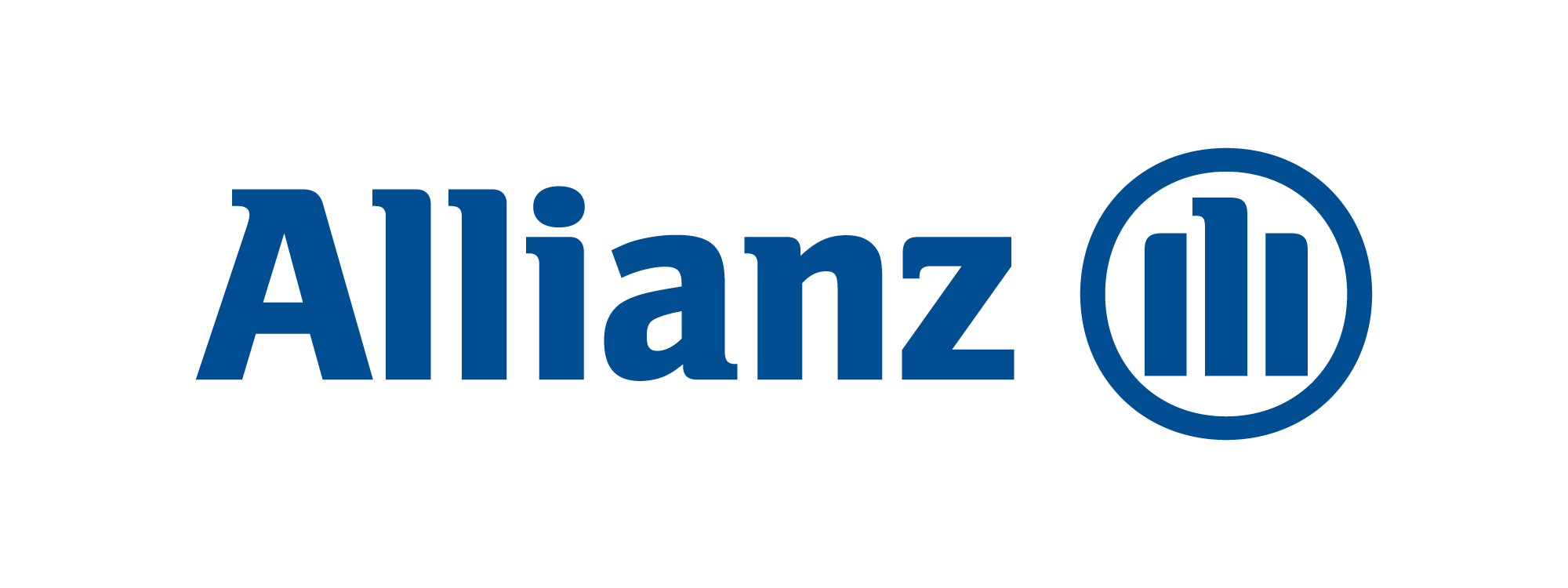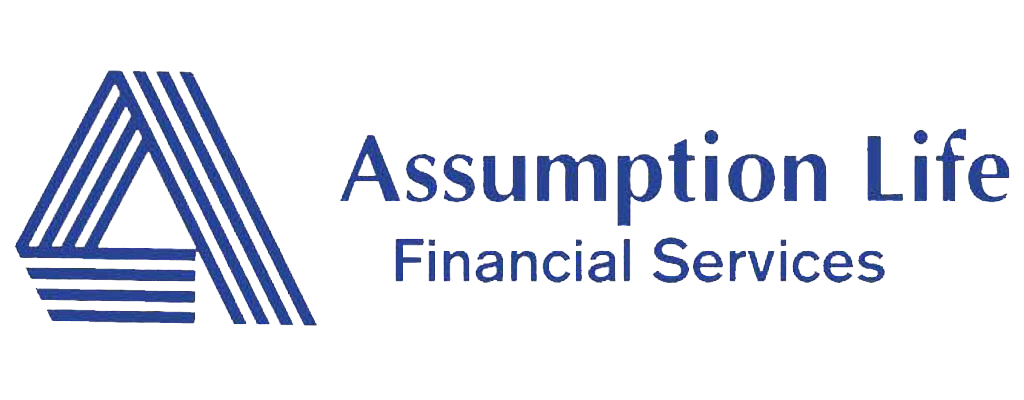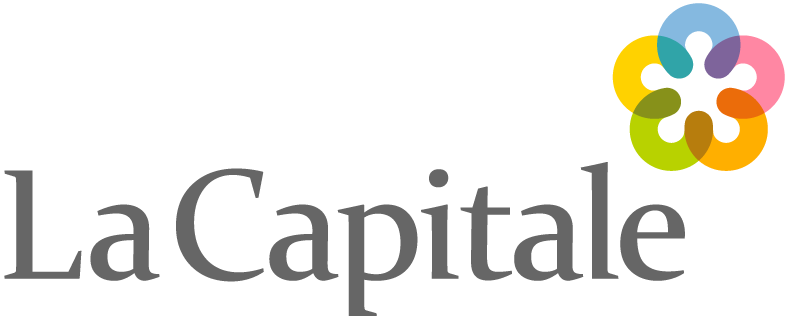WHAT IS RESP?
With rising tuition costs every year and rising education requirements in the job market, it is becoming more and more imperative to finance your child’s education as early as possible. A Registered Education Savings Plan, commonly known as an RESP, helps you do that by building up a tax-sheltered fund so that parents can focus on their child’s education instead of their tuition. Furthermore, saving for your child’s education is promoted by the Government of Canada, who help you with special incentives (like the Canada Education Savings Grant) that are only available if you have an RESP. By saving as much as you can afford as early as possible, with a maximum limit, your tax-sheltered earnings in your savings can grow surprisingly quickly.
CONTACT US



















